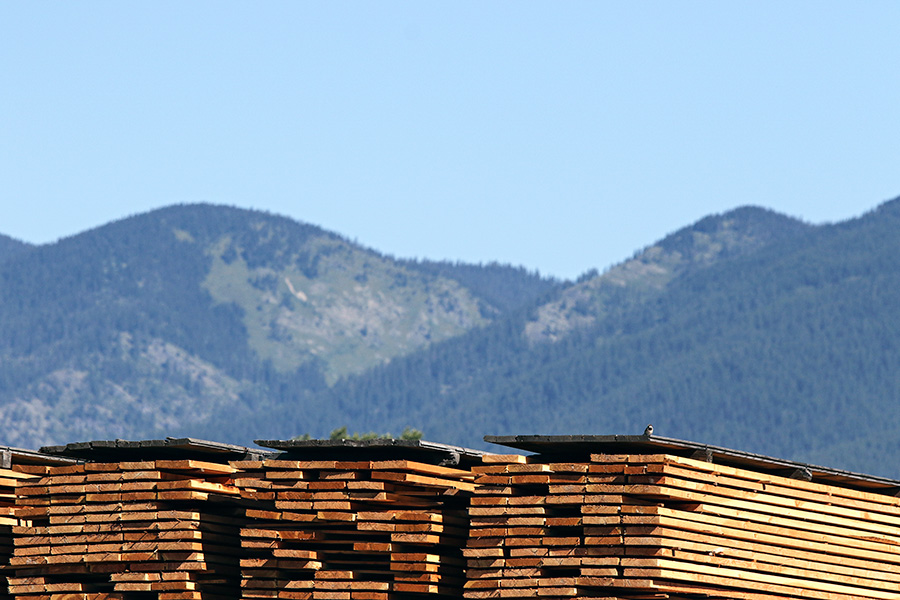The price of lumber has shot up from last year, a market trend seen as somewhat expected after the Trump administration placed tariffs on Canadian lumber earlier this year.
Lumber prices have increased 17 percent from May 2016 to this June, according to trade reports, which have some in the building industry concerned that the cost increases will be passed along to consumers.
In April, President Donald Trump and Commerce Secretary Wilbur Ross announced tariffs on certain types of softwood lumber coming into the country from Canada, with countervailing duties between 3 and 24 percent.
The countries have also been operating without a Softwood Lumber Agreement, which lapsed last November after standing for 10 years. The agreement’s purpose was to level the playing field between the two countries, which have different systems of timber procurement.
On top of the tariffs, Canadian timberlands, especially in British Columbia, have experienced nearly 400 wildfires this summer, burning up the supply. Todd Morgan, the director of forest industry research at the University of Montana’s Bureau of Business and Economic Research, said the wildfires added to reduced harvest levels already impacted by beetle-killed timber.
“About 30 percent of the softwood lumber used in the U.S. comes from Canada, so when their mills reduce production, it can push prices up,” Morgan said. “And when they increase production, it can push prices down.”
Chuck Roady, director of the Montana Wood Products Association and general manager at F.H. Stoltze Land and Lumber Company, said the increase in lumber prices is also partly due to an increase in demand for housing, now that the economy has recovered and people are making money again.
“A lot of it is due to pent-up demand by the millennials who decide, ‘We better take advantage while we have money,’” Roady said.
New homebuilding in the United States is up slightly, Morgan reported, which would lead to an increased need for lumber.
Lumber accounts for about 10 to 15 percent of the cost of a new home, Morgan said, so the increased prices should affect consumers somewhat. Other factors, such as the availability and value of land, the costs of other building materials, and labor constraints are “probably having more influence” on home costs, he said.
Steve Snezek, executive director of the Montana Building Industry Association, said all of the factors coming together right now are a bit of a perfect storm for higher lumber costs, and that ultimately the consumer will pay for it.
“It’s just one more cost increase that everyone has to deal with,” Snezek said.
Snezek also said that finding log supplies continues to be a challenge for Montana sawmills, and that predicting area closures for logging isn’t easy. Morgan noted that increasing prices for lumber can help sawmills, because they can get more for each board they produce, but it also typically means the stumpage price for those logs goes up.
In some cases, Morgan said, mills may not be able to get enough logs due to local conditions or restrictions.
“If the mills are having a tough time getting enough logs, the higher prices help but not as much — because the mills may need to pay more for logs,” Morgan said.
Roady said Stoltze would be able to meet more of the demand if it could run full shifts with plenty of logs, but competition for the raw materials is intense.
“The stumpage goes up because the competition for that wood goes up,” Roady said. “You can’t run (shifts) if you don’t have enough wood, so then you go pay more for the wood.”
